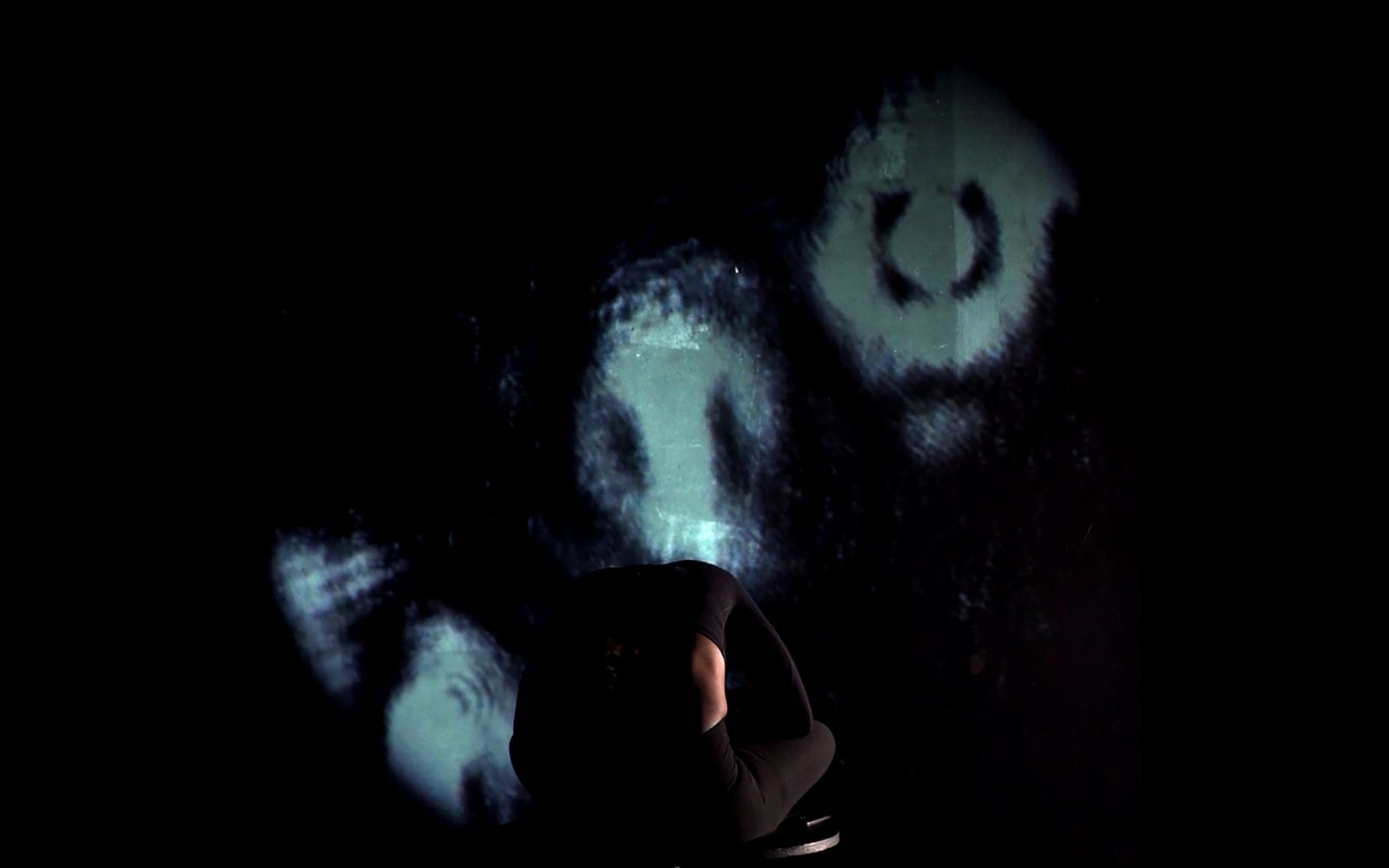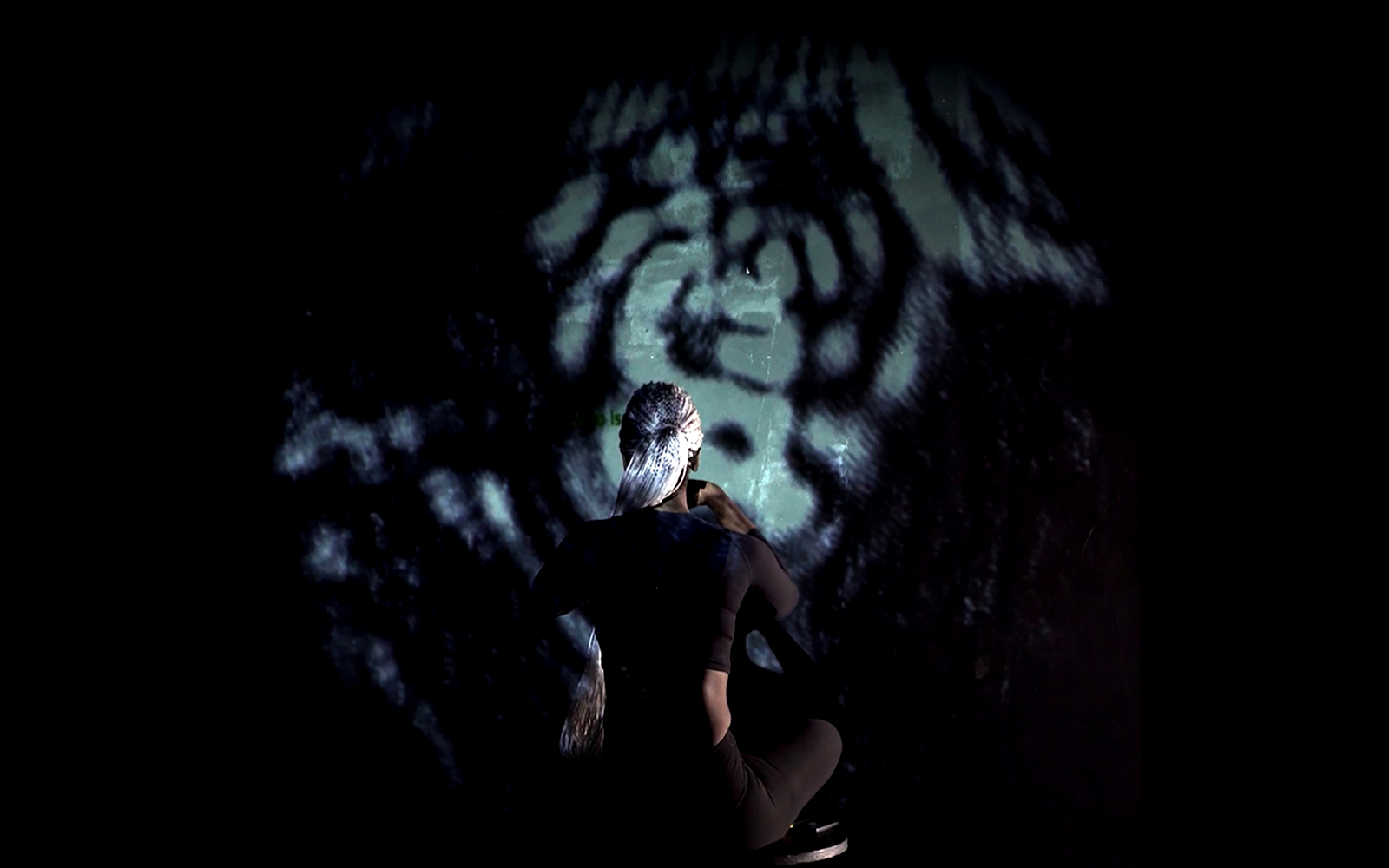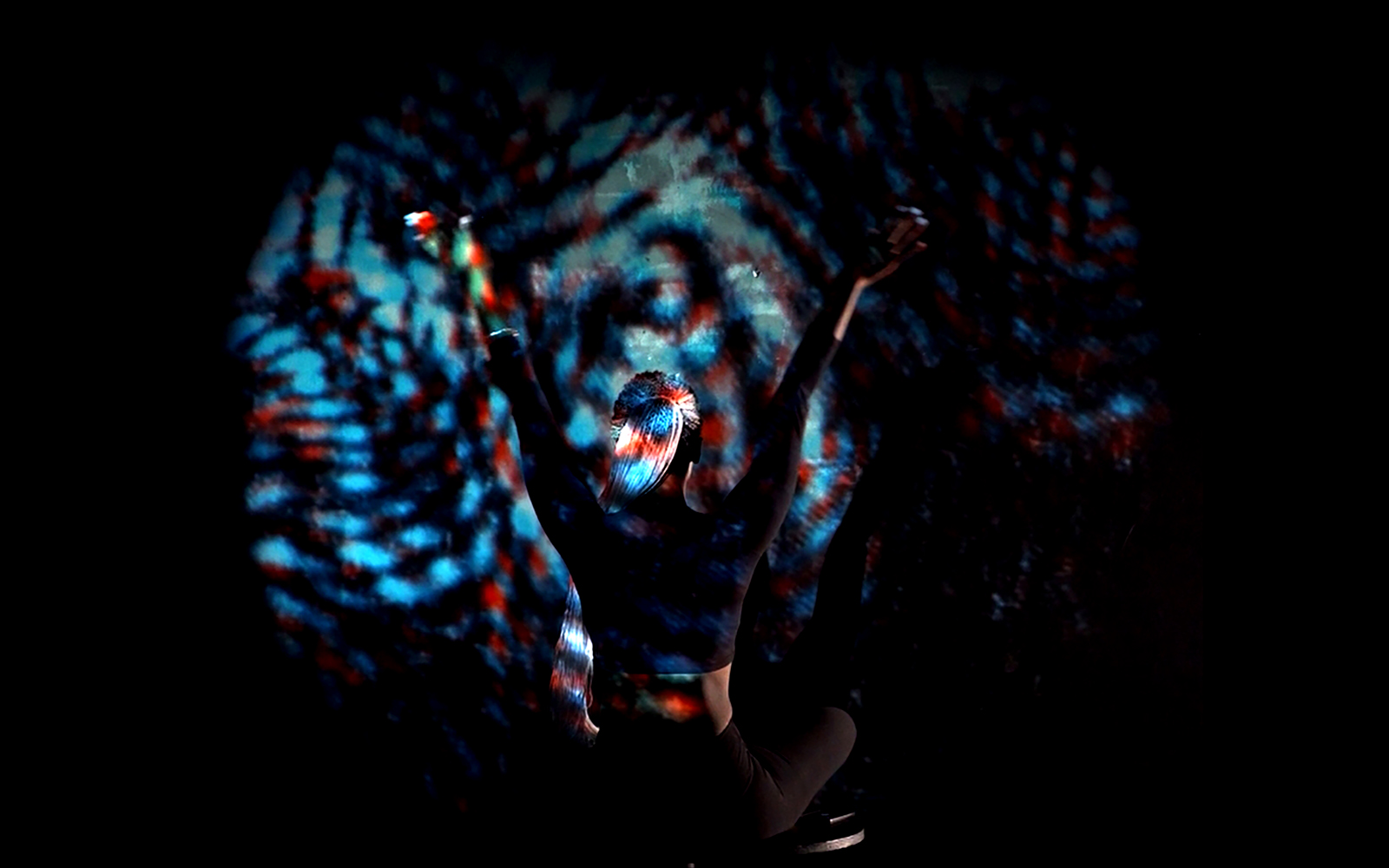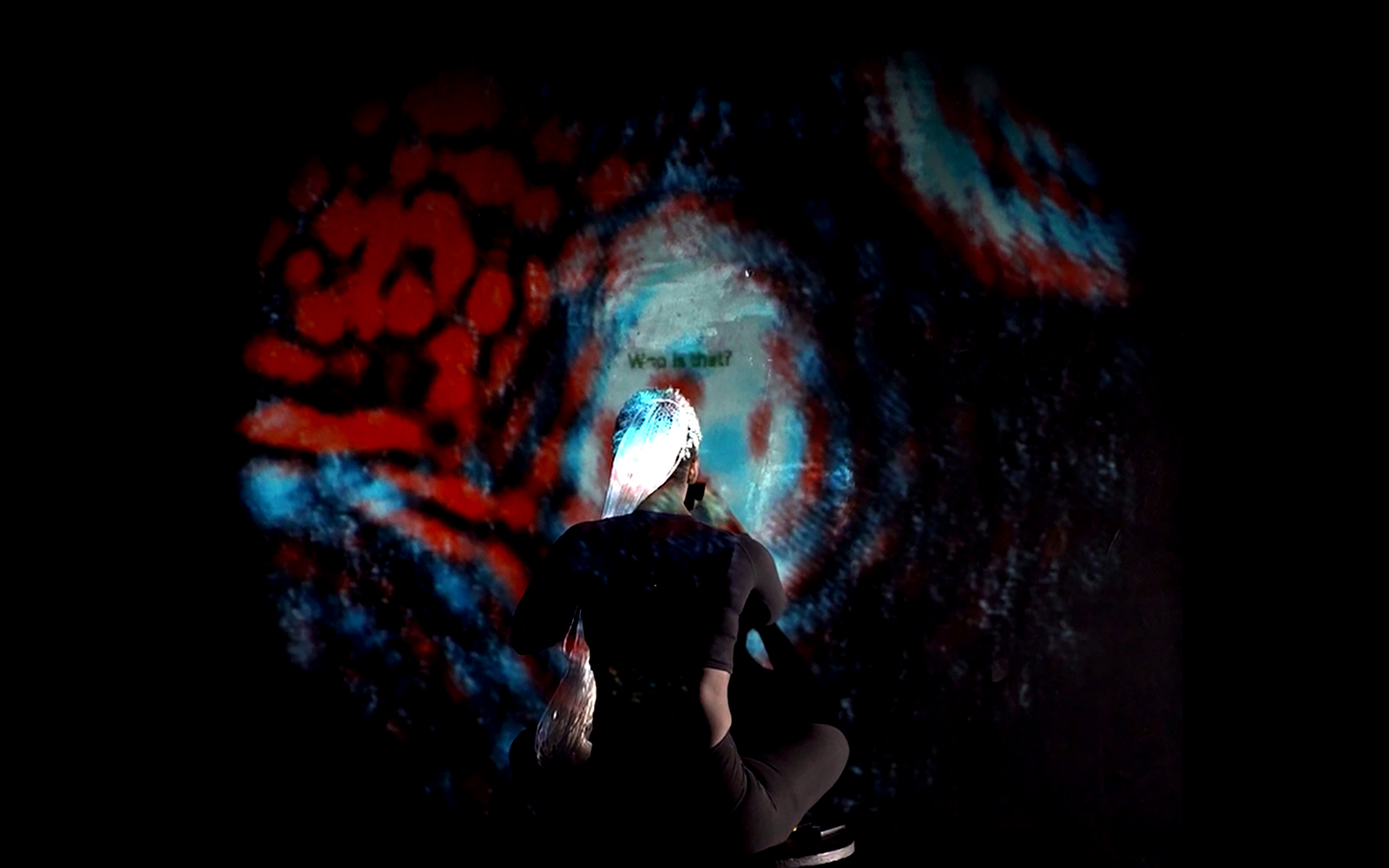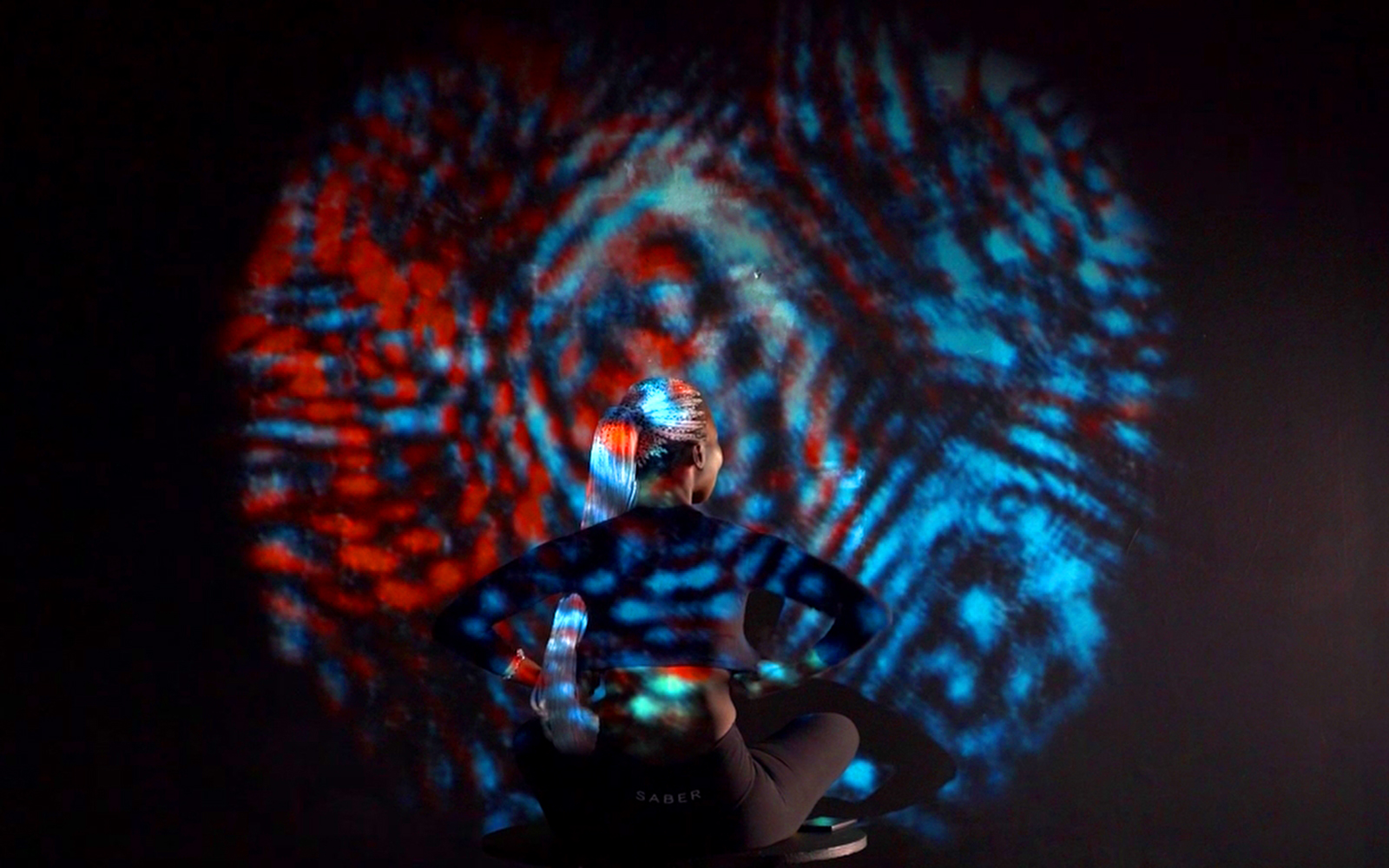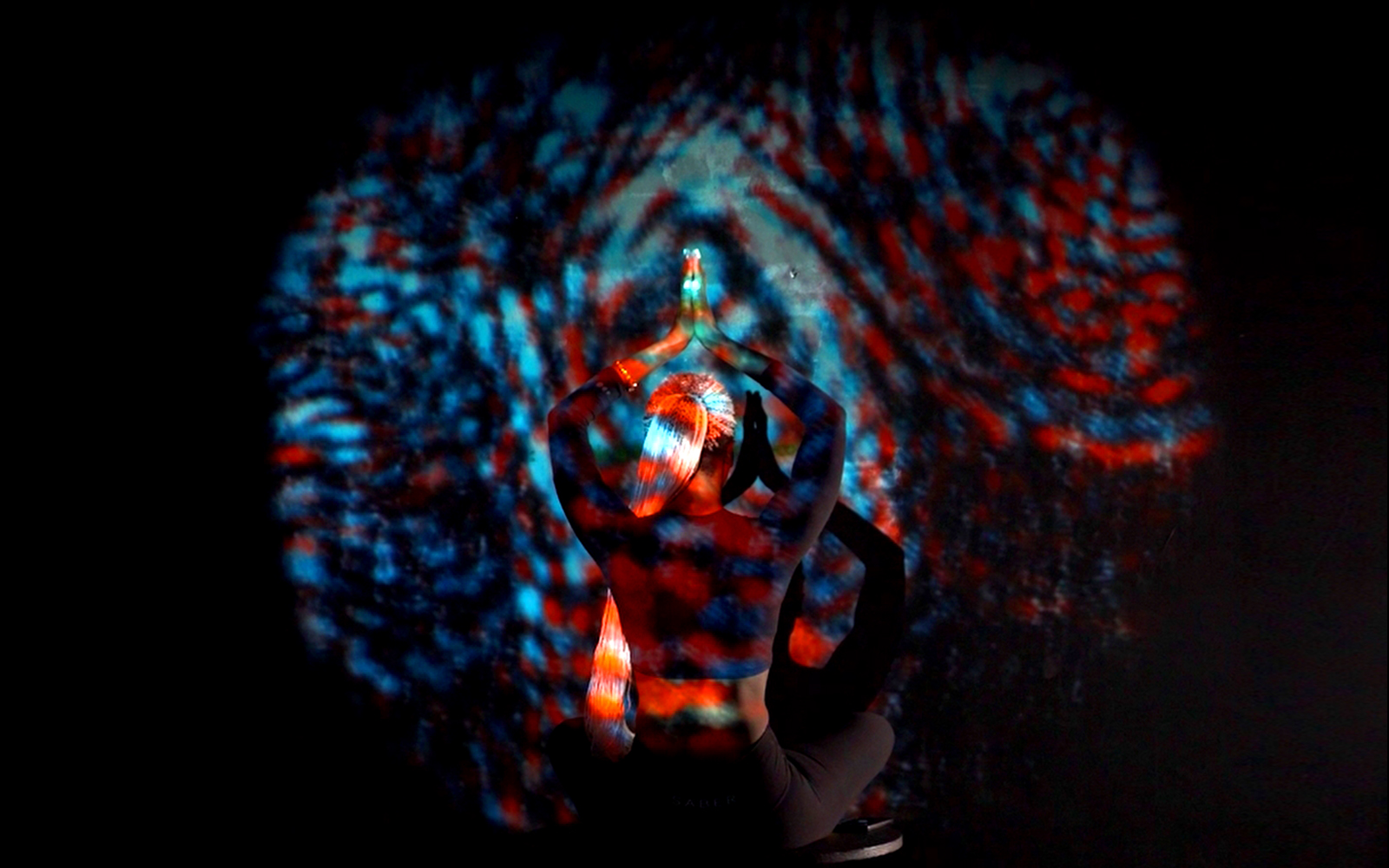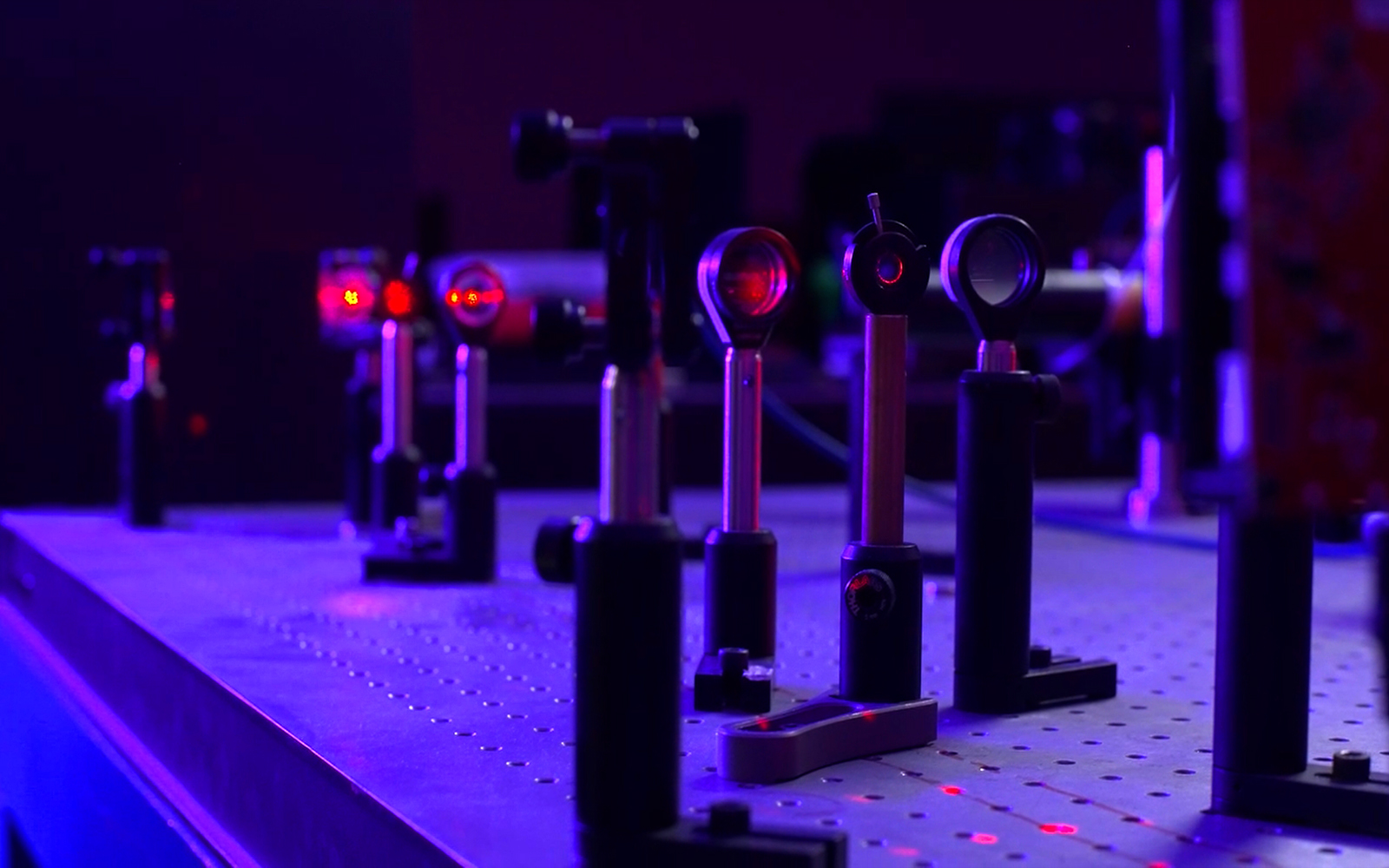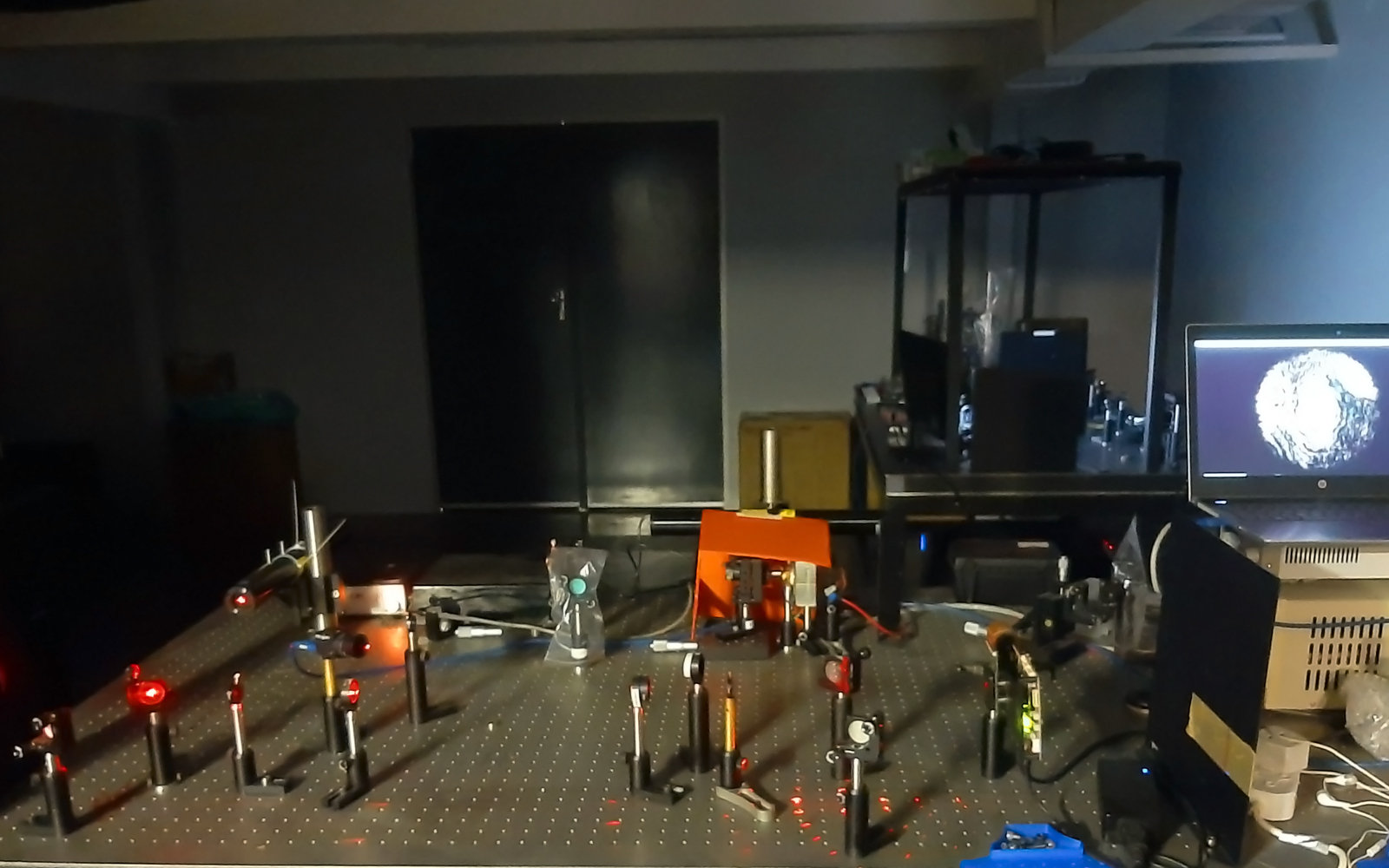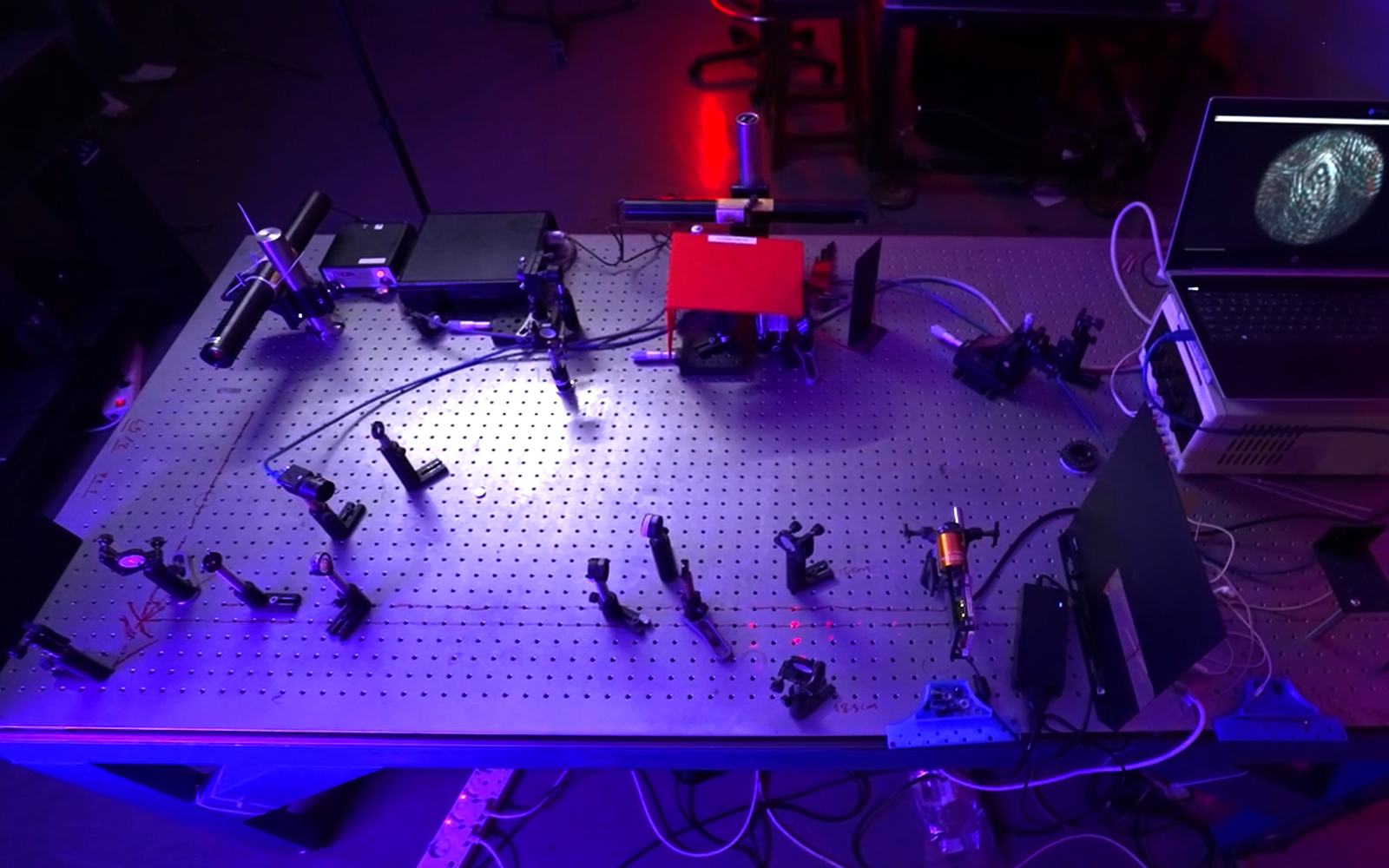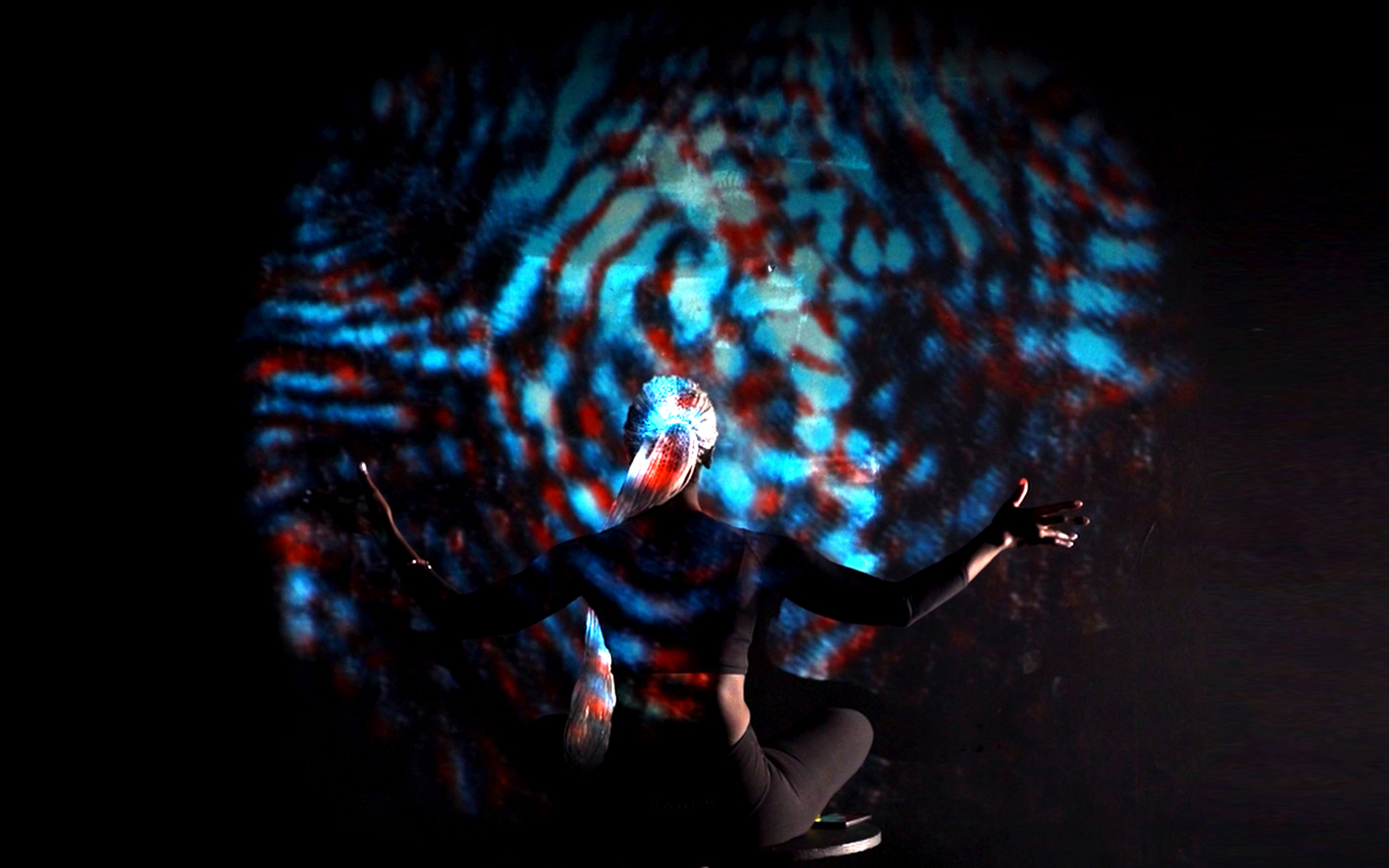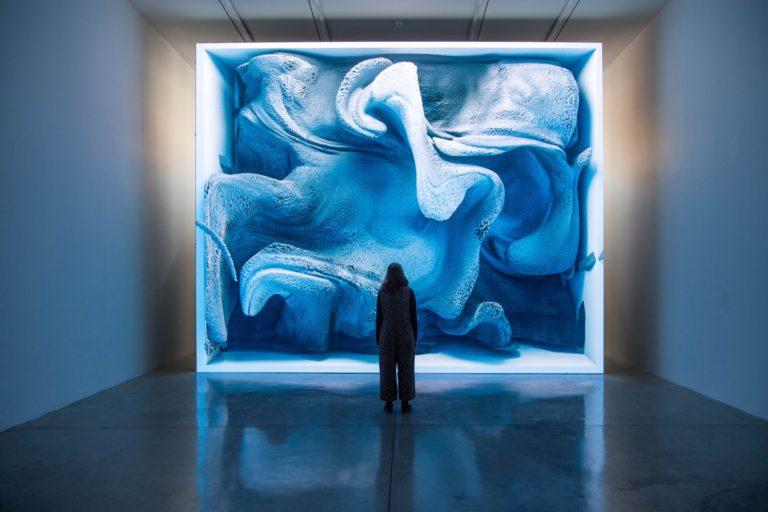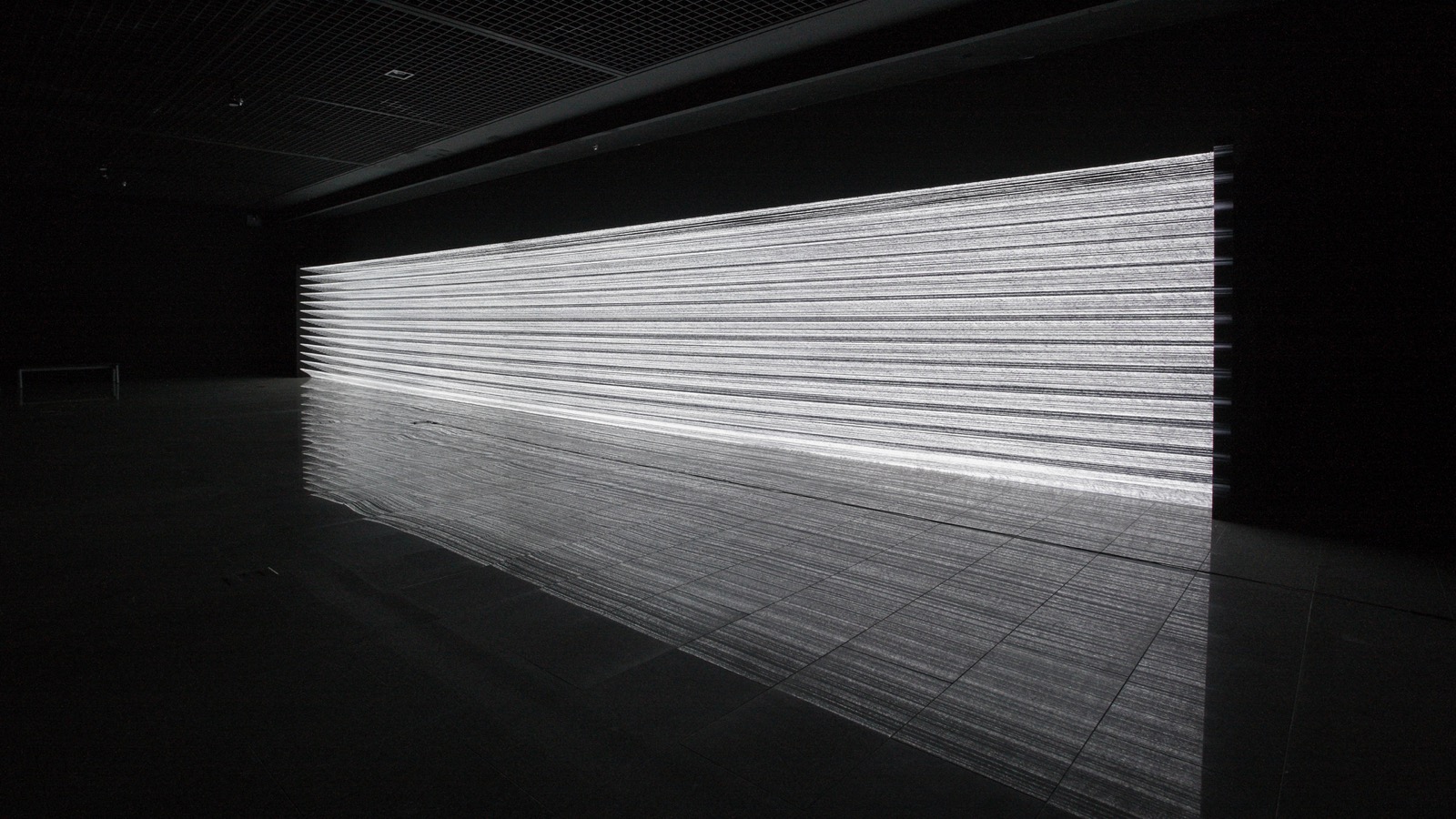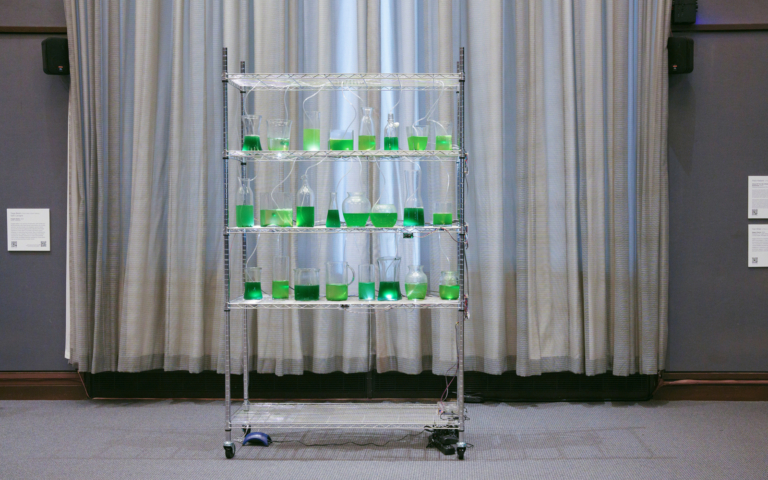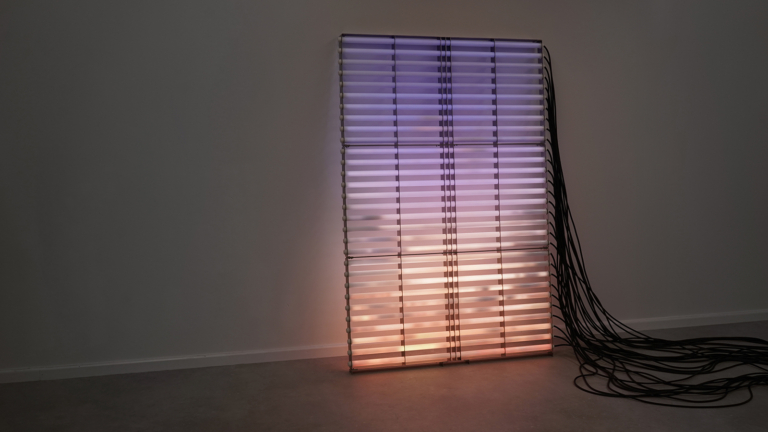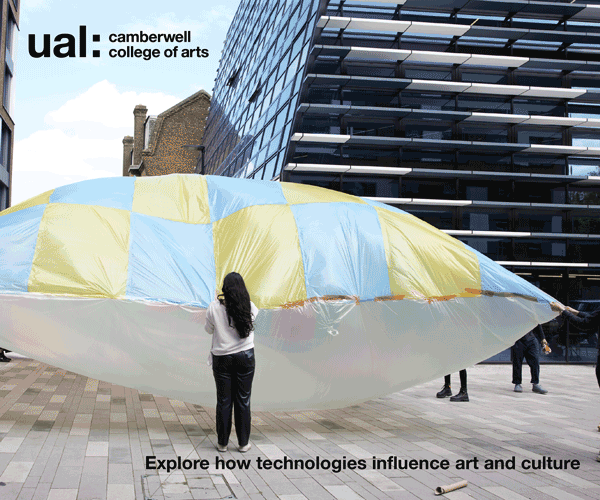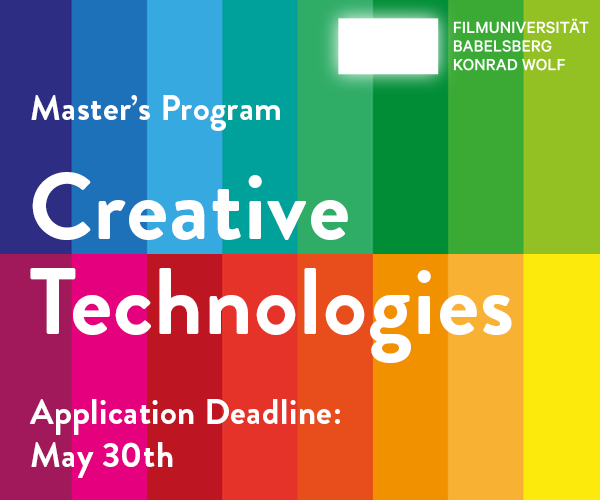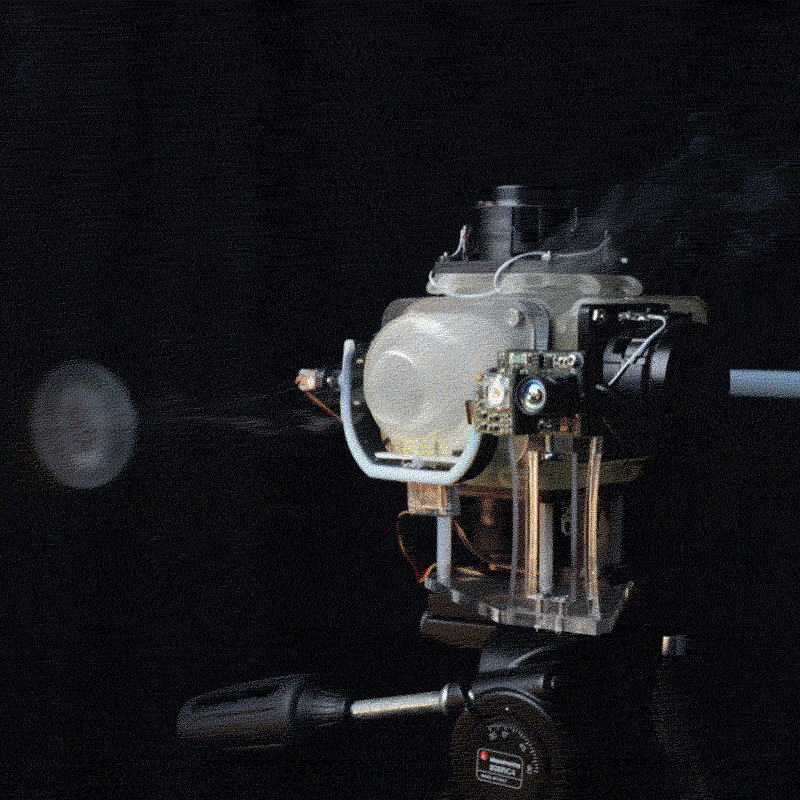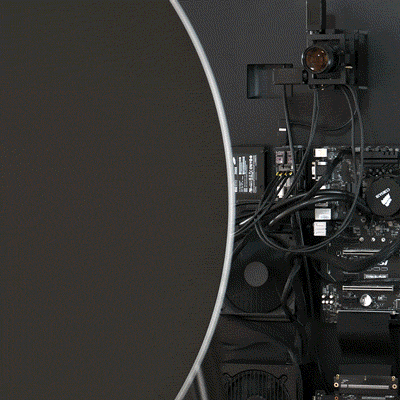‘A Drop of Light’ is a one-year interactive new-media art research project hosted by the Structured Light Laboratory (SLL), School of Physics, Wits University, in collaboration with the Wits School of the Arts and funded by the Wits Innovation Center. The project aimed at developing a computer-generated holographic spot as a responsive techno-hypermedium with which the performer interacts and her techno-perception is embodied, expressed, and analyzed.
By generating a symbolic techno-conversation between the responsive holographic spot and the performer, the project exemplifies how new media arts practices could be introduced as an experimental psych lab that contributes to enhancing human techno-attitude from being in a state of technophilia-technophobia conflict to a state of human-technology symbiosis.
A complicated schematic apparatus was designed to control the hardware and software distribution through the installation’s spatial domain of two remote places to develop a symbolic improvisational conversation between the holographic spot and the performer.
In the Structured Light Lab (SLL), a digital holographic setup was built and controlled via MATLAB code to generate a light spot in an infinite responsive loop so that its patterns could produce a mutual response to the surrounding noises. On the one hand, the generated holographic spot splits into two copies; the gray spot is the original nonresponsive one, and the colored spot, whose patterns and position are affected by the frequency of the surrounding voices. On the other, interactions between the two versions of the holographic spot synthesize a machinery melody in non-linear rhythms.
Via using TouchDesigner as a real-time engine, the optical setup was integrated into the real-time interactive installation that was built to remotely communicate between the installation’s optical setup in the SLL and the exhibition place. So, the holographic spot is being generated, sustainably developed, transferred [24F/S], and presented through real-time processes of interactions with the exhibition room, producing a responsive environment controlled via the Google remote desktop application.
In the exhibition place, the performer’s voice was sent to the optical setup via a smartphone that was integrated into the Touchdesigner environment using MS Teams online meeting communication. On the one hand, the performer’s voice was integrated into the holographic spot’s visual, sound, and rendering process compositions. On the other hand, the performer acoustically emulates the holographic spots’ synthesized non-linear melody to perform a set of hymns regarding light in both English and South Africa’s native languages. The holographic pattern, in response, was affected by the performer’s voice frequencies, sending the affected holographic patterns to the exhibition place and realizing some hymns as texts and sending them back as echoes.
Project Website | Designer and Creator: Diaa Ahmed Ahmedien
